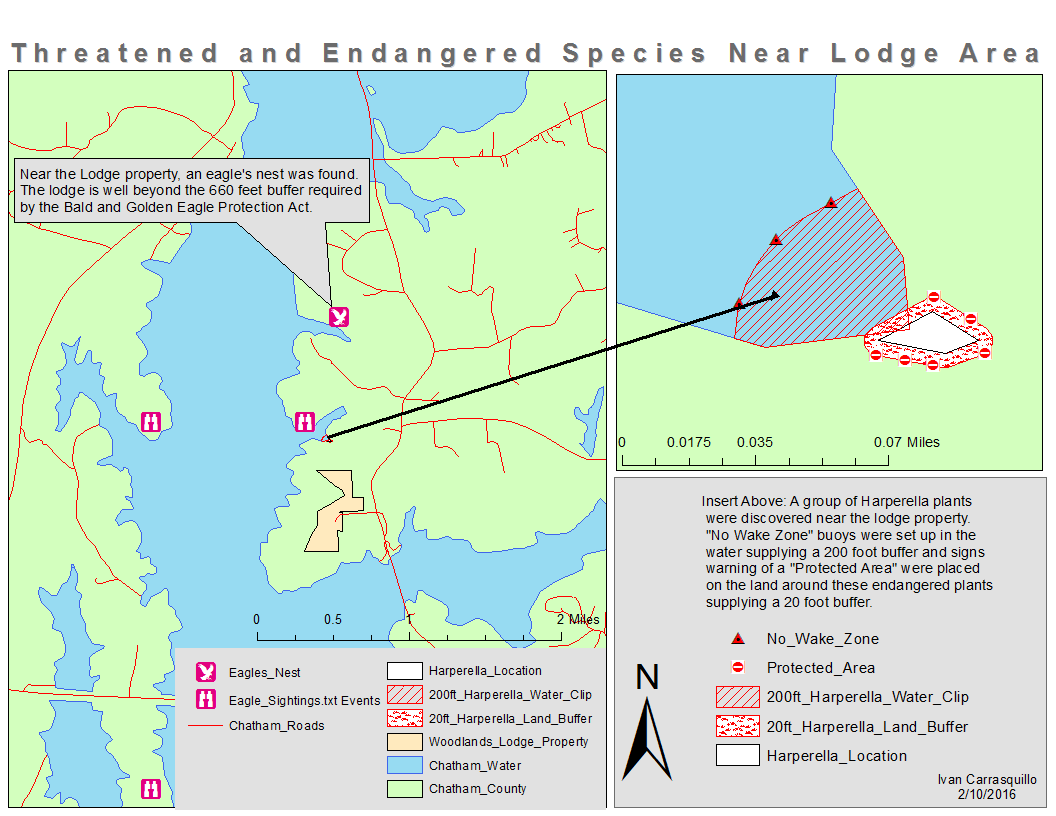
It’s not often that a young scholar passes through the public school system in New York with all the qualities of a true scientist: organized yet willing to take risks, diligent yet creative, attentive to detail yet an eye on the big picture, and, most importantly, not deterred by set-backs. Remarkable is the word that comes to mind when reviewing all of Cézanne Bies’, class of ’16, accomplishments and attributes in the past three years at the Marine Biology Research Program (MBRP). Cézanne was a finalist in the 2016 NYC Science and Engineering Fair together with her project partner Zain Bin Khalid for their project Survival and Growth Performance of Crassostrea virginica in the NYC Harbor, the first scholar to earn 12 SUNY college credits for science research at the New York Harbor School (NYHS), and helped to launch the marine genetics program there too, just to name a few.

Whether collecting physical-chemistry samples from the Hudson River Estuary, planting eel grass at Bush Terminal Piers park, organizing and analyzing Harbor SEALs project data, or extracting oyster DNA, Cézanne is always at the center of the action. Cézanne’s dedication and leadership has truly elevated the level of science at the NYHS and particularly the MBRP.

Early on in the 10th grade, Cézanne showed great promise as a budding scientist by constructing the 1st place winning wind racer with project partner Raphael Bonnano and in the 11th grade Cézanne won 1st place with the project Determining the Genetic Difference between Farmed and Wild Oysters. Cézanne’s unique curiosity and problem solving skills have been essential to running the Marine Science lab.

Aside from these accomplishments, Cézanne is a frequent contributor to the school newspaper, The Harbor Current, an intern with Earth Matter organizing the NYHS biomass production to create compost, an integral member of the Gay-Straight Alliance, and an editor of the NYHS year book. Cezanne intends to pursue a degree in marine restoration genetics. We wish Cézanne all the best in the years to come.










